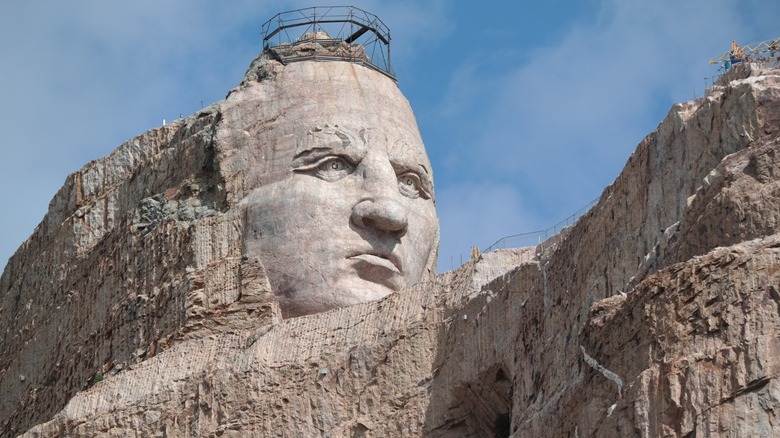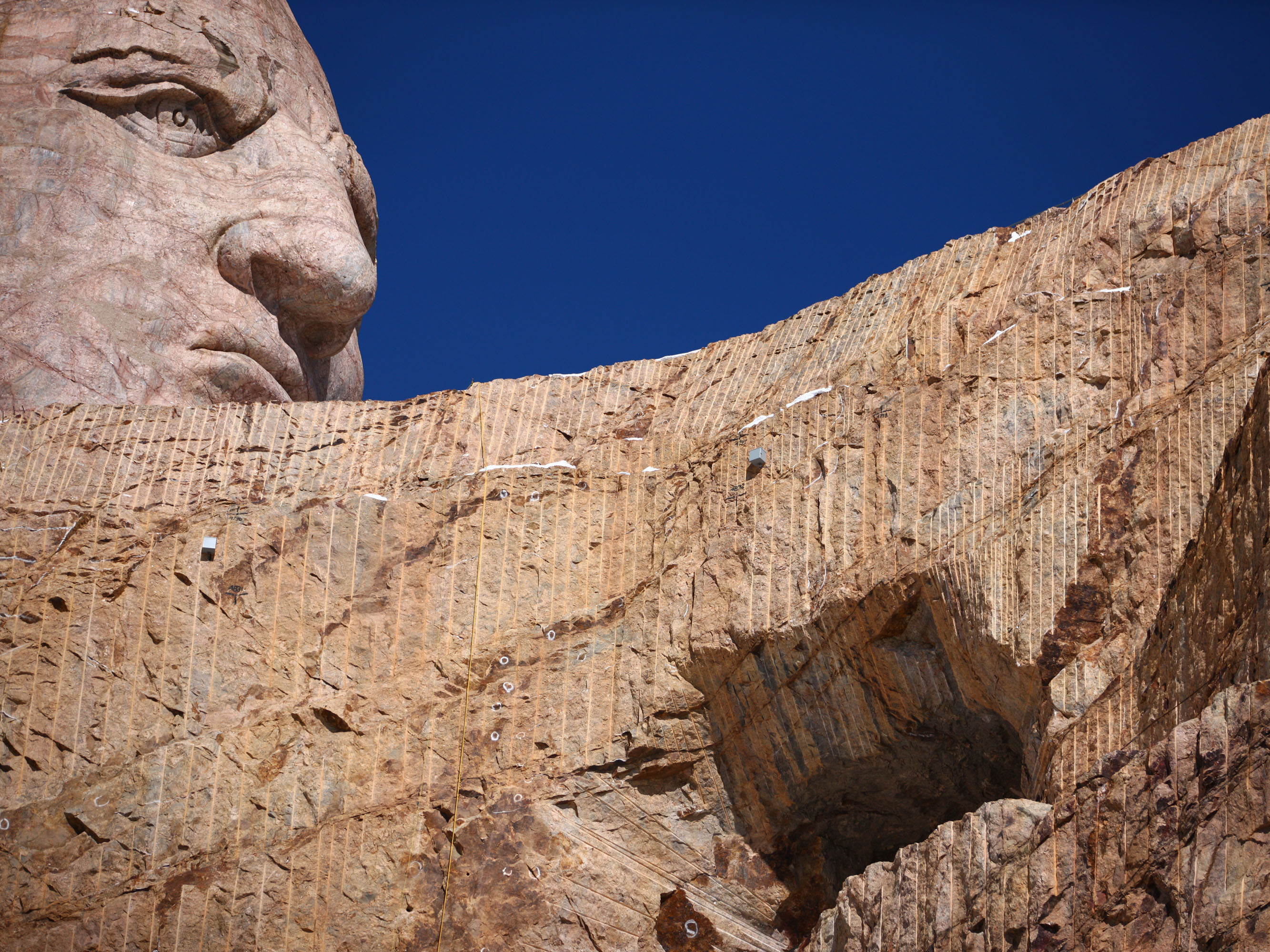Introduction: A Hero’s Lasting Impact
Crazy Horse, the famed leader of the Oglala Lakota tribe, is celebrated as a symbol of Native American resistance and resilience. Renowned for his skill and bravery, he played a critical role in the Battle of Little Bighorn, commonly referred to as Custer’s Last Stand, where he and allied tribes stood against U.S. forces to protect their lands. A deeply private man, Crazy Horse refused to have his photograph taken, once asking, “Would you imprison my shadow too?” This desire for freedom in every sense lives on in his legacy and is preserved in a monumental tribute—the Crazy Horse Memorial.

The Vision of the Crazy Horse Memorial
The Crazy Horse Memorial, situated in the Black Hills of South Dakota, aims to immortalize Crazy Horse and honor the strength, culture, and values of Native American people. This ambitious project was initiated in 1948 by sculptor Korczak Ziolkowski, with the encouragement of Lakota leaders, and was envisioned as a towering monument to Native American heritage. Upon completion, the memorial is set to reach a height of 563 feet, surpassing Mount Rushmore in scale and significance. The ongoing construction speaks to the dedication of both the Lakota people and all those committed to preserving the memory of Native American heritage and resilience.

A Monument Without a Photograph: Honoring Crazy Horse’s Image
Unlike most memorials, Crazy Horse’s likeness is not based on any photograph, as none are known to exist. Instead, the image is crafted from the memories and descriptions of those who knew him, emphasizing a figure whose spirit cannot be fully captured. The design, with Crazy Horse’s arm extended towards his lands, reflects his enduring commitment to his people and their sovereignty. Visitors who gaze upon this colossal figure are reminded of his values—courage, self-determination, and the unbreakable connection to the land.

More Than a Memorial: An Educational and Cultural Center
The Crazy Horse Memorial is more than just a statue; it also serves as an educational and cultural center. Within its grounds lie the Indian Museum of North America and the Native American Educational and Cultural Center, which provide insight into Native American history, culture, and contributions. These institutions aim to preserve and share the rich heritage of Native peoples, continuing Crazy Horse’s legacy by fostering awareness and respect among visitors. Through exhibitions, educational programs, and community events, the memorial encourages reflection on Native American contributions to history and culture.

A Perpetual Work in Progress: Symbolizing the Struggle for Sovereignty
The Crazy Horse Memorial remains unfinished—a testament to the ongoing journey of Native American communities towards recognition and respect. The slow but steady progress of the monument symbolizes both the literal and figurative resilience required to overcome the challenges faced by Indigenous people. This perpetual work in progress mirrors the historical and present-day struggles for Native American sovereignty and cultural preservation.

Conclusion: An Enduring Legacy of Inspiration
Through its powerful presence, the Crazy Horse Memorial keeps the spirit of Crazy Horse alive, inspiring courage, pride, and respect. It reminds all who visit of the enduring values he stood for and the sacrifices made to preserve Native heritage and freedom. As a symbol of both historical memory and contemporary pride, the Crazy Horse Memorial continues to stand as an unwavering monument to Native American strength, resilience, and dignity.
